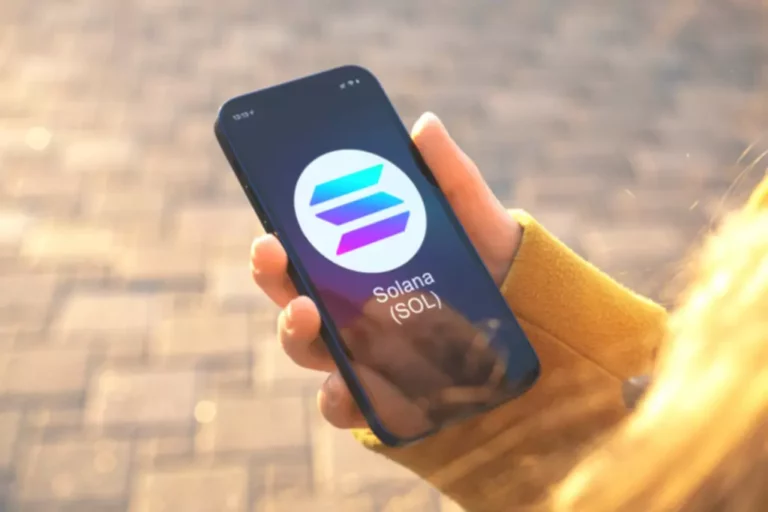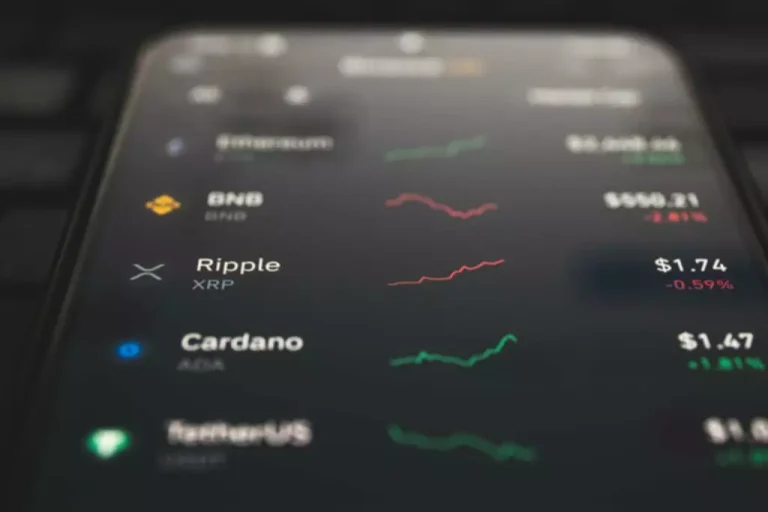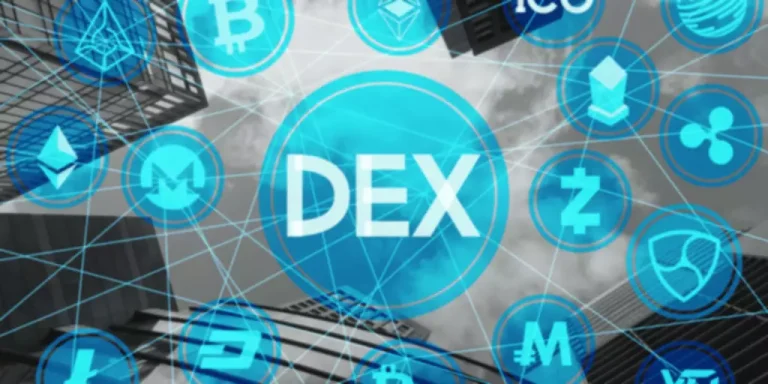Learn more about Consensus 2024, CoinDesk’s longest-running and most influential event that brings together all sides of crypto, blockchain and Web3. Head to consensus.coindesk.com to https://www.xcritical.in/ register and buy your pass now. He has worked as a reporter on European oil markets since 2019 at Argus Media and his work has appeared in BreakerMag, MoneyWeek and The Sunday Times.
- The practice of burning may involve the project’s developers buying tokens back from the market or burning parts of the supply already available to them.
- However, a corporation may expose itself up to accusations that it is just interested in profit when it sells tokens that have not yet been issued on an exchange.
- While there is no simple answer to this question, as it depends on many factors.
- Some proof-of-burn cryptocurrencies require that miners burn the same currency that they're mining.
- Coin burning is what happens when a coin needs to be taken out of circulation so that it can no longer be bought, sold, staked, or used at all.
In line with the Trust Project guidelines, the educational content on this website is offered in good faith and for general information purposes only. BeInCrypto prioritizes providing high-quality information, taking the time to research and create informative content for readers. While partners may reward the company with commissions for placements in articles, these commissions do not influence the unbiased, honest, and helpful content creation process. Any action taken by the reader based on this information is strictly at their own risk. This successful execution of the Coin burn function will destroy the coins forever, and it is impossible to recover these coins back. Simple Ledger Protocol (SLP) is a token system that works on top of Bitcoin Cash.
When a coin (or fraction of a coin) is burned, it is transferred to an unusable wallet, and permanently removed from circulation. This means that no one can buy, sell, stake, or do anything else with the burned coin. The end location of the burned coin is called a burn or eater address, and the private keys are inaccessible, meaning the burned coins can no longer be acquired by anyone. Coin burning is just the process of locking them in an inaccessible wallet so that they are taken out of circulation on the blockchain. A coin burn is the process of sending cryptocurrency to a wallet which no one has access to, taking it out of circulation, and effectively “burning” it.

Going further, some platforms require miners to brand the tokens they validate, marking their public address to each batch of tokens they validate — a method known as proof of burn. “Some blockchains even have a built-in mechanism integrated into the protocol that burns the tokens when necessary,” Cerba said. Functionally speaking, this allows projects and individuals to have verifiable proof recorded on the blockchain that the tokens sent to the address have disappeared from circulation. Burning tokens can be similar to a company buying back its shares. The speed at which coins are created through PoW reduces each time a new block is mined. This promotes regular activity by the miners; instead of mining one coin when mining first begins, miners must burn their early coins and mine new ones.
For example, central banks adjust the amount of circulating currency to adjust that currency's purchasing power. There are a few other practical reasons for burning cryptocurrency. While there is no simple answer to this question, as it depends on many factors. It goes back to the simple business principle of supply and demand.

As you've probably guessed, crypto burning isn't carried out for the sake of it. Some cryptos are highly valuable, so burning them may seem entirely pointless to some. The Proof of Burn mechanism involves miners burning coins in order to become fully-fledged miners.
Let's say a developer launches a cryptocurrency with 1 billion tokens, keeps 100 million, and immediately burns 600 million. It will look like the developer owns 10% of the supply because the original supply was 1 billion. But the developer really owns 25% of the 400 million tokens still in circulation, which is obviously a much larger amount. When crypto burning is embedded as part of an algorithm’s verification system, transactions are automatically verified. These protocols save resources while maintaining a fluid, active network. By burning a set amount of coins, one can incentivize miners, or transaction validators, and other stakeholders to continue holding coins.
Master The Crypto is a financial publisher that does not offer any personal financial advice or advocate the purchase or sale of any security or investment for any specific individual. Members should be aware that investment markets have inherent risks, and past performance does not assure future results. MTC has advertising relationships with some of the offers listed on this website. MTC does attempt to take a reasonable and good faith approach to maintaining objectivity towards providing referrals that are in the best interest of readers. Enroll in our Free Cryptocurrency Webinar now to learn everything you need to know about crypto investing. Coin burning can generally be classified into two distinct categories, integrated at the protocol level or implemented as an economic policy.
This guide will delve extensively into the mechanics of coin burning to provide a new outlook on what the future holds for the cryptocurrency market. The blockchain periodically burns its native tokens to sustain or enhance their value. This smart contract automatically sends a specific number of circulating tokens to the burn address.

While some view burnings with a skeptical eye, there’s no arguing that this strategy has become more popular — particularly for new crypto that launch with a big supply. It is generally not a good idea to hold significant amounts of cryptocurrency on exchanges. Cryptocurrency exchanges are periodically hacked, so leaving your crypto on an exchange exposes you to the danger of loss. Anyone who owns a cryptocurrency can burn it, but it's not exactly something you'd want to do for no reason since you'd essentially be throwing money away. Founded in 1993, The Motley Fool is a financial services company dedicated to making the world smarter, happier, and richer. Protocols that use proof of burn include Ripple, BitShares, Slimcoin, Counterparty and Factom.
An example of a cryptocurrency that works on the PoB model is Slimcoin, the first cryptocurrency to use a proof of burn consensus mechanism. As a cryptocurrency is a virtual asset, it can not be burned like paper towels, so its miners/developers send some of it to unusable wallet addresses. This act of removing a specific amount of a cryptocurrency from the market by sending it to a dead wallet address is called Crypto Burning.
Even so, in the long run, burning tokens tend to support an asset’s price and is considered a positive move. The motivation is often to increase the value of the remaining tokens since assets tend to rise in price whenever the circulating supply falls and they become more scarce. “Burning” crypto means permanently removing a number of tokens from circulation. This is typically done by transferring the tokens in question to a burn address, i.e. a wallet from which they cannot ever be retrieved. As previously mentioned, Ethereum recently did a huge upgrade to its crypto (or at least the start of one) and, to achieve this, carried out a massive transaction. The network covered the cost of this transaction or upgrade by burning some of its excess cryptocurrency.
The 100 million coins represent 50% of the total of BNB ever issued. To date, there have been 19 quarterly coin burns destroying 36,934,014 coins according to bnb burn. Most of the time, the developers create a burning portal for their cryptocurrency holders where they can burn their tokens by sending them to a provided what does burning crypto mean dead wallet address. – In comparison with stock buyback stocks of traditional firms is quite similar. However, buybacks are different from crypto burning in that they do not permanently remove cryptocurrencies from circulation. Meanwhiles Proof of Burn mechanism will take the tokens/coins completely out of circulation.


